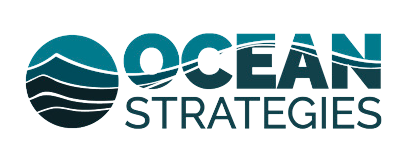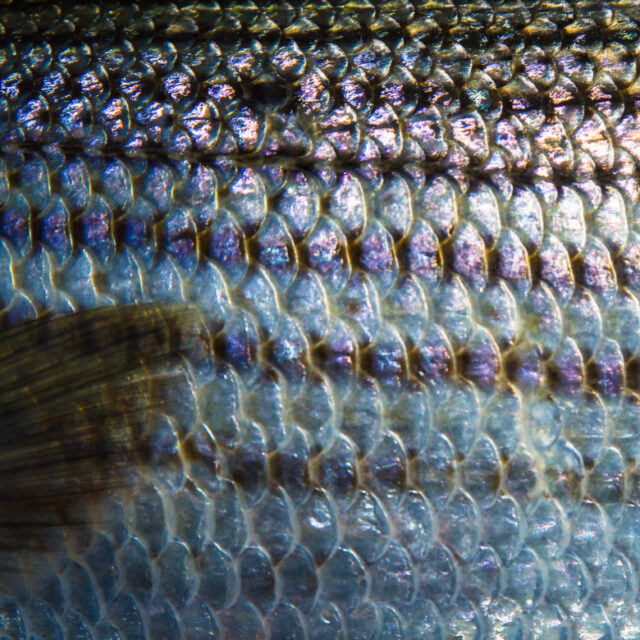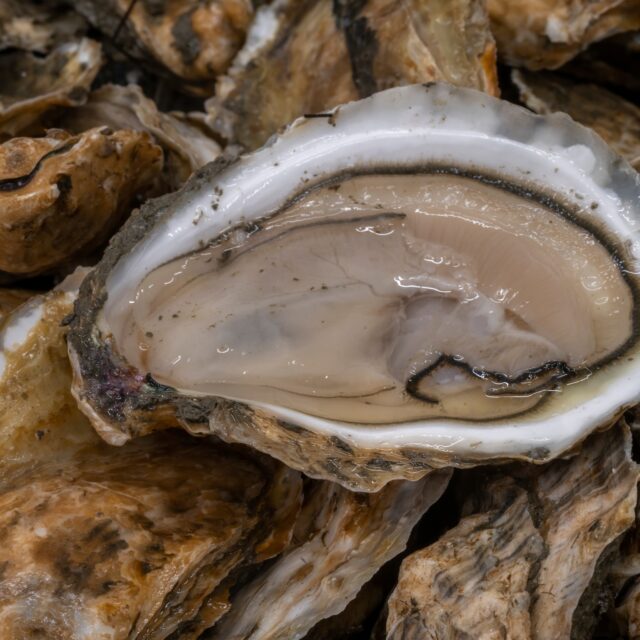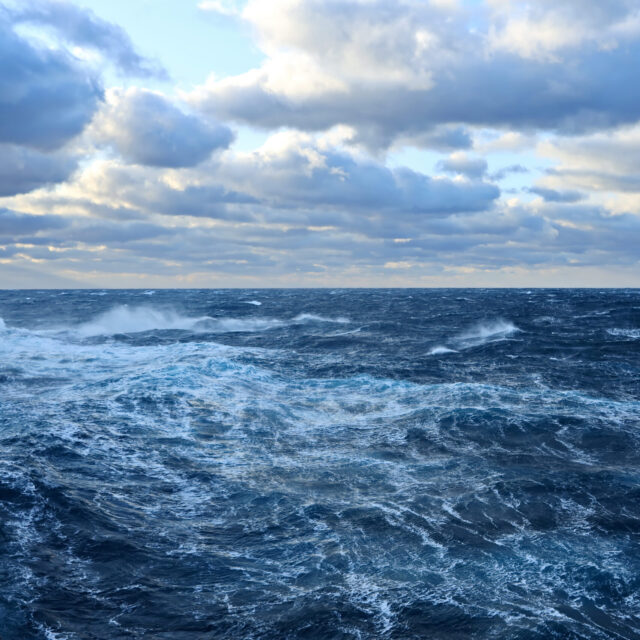Leadership Spotlight: Janet Coit
What’s next for NOAA Fisheries?
Janet Coit’s favorite seafood happens to be Rhode Island’s official state appetizer: calamari. She’s a proud Ocean Stater, having recently hosted NOAA’s leadership in Point Judith’s Port of Galilee, the largest port in the nation’s smallest state.
Most of the time, the assistant administrator for NOAA Fisheries is criss-crossing the country, landing in ports on every coast. And wherever she goes, she deepens her love for all seafood, from her home state squid to the salmon she had on her morning bagel.
In my conversation with the NOAA Fisheries’ Assistant Administrator, or simply Janet as she prefers, we learn how her dizzying schedule connecting with coastal communities provides critical information to the agency and White House. In fact, the Biden administration’s recent executive order closing a loophole on Russian seafood was based on feedback gleaned from sit-downs with industry leaders.
She (and the rest of the administration) heard loud and clear from the seafood industry on major problems with Russian seafood flooding U.S. markets. This prompted the administration to act on a loophole that allowed Russian seafood to be reprocessed overseas and sold in the United States.
Read on to learn more about that process and how the administration is planning to enforce it, as well as other NOAA Fisheries priorities for the year ahead, and Janet’s professional commitment to understanding the economic forces that shape the success of our industries. You can also view the full interview on the Ocean Strategies YouTube channel.
Here’s a look at what’s top of mind for NOAA Fisheries leadership in 2024.
How will the Executive Order closing a loophole on Russian seafood be implemented, and what was the impetus behind it?
Late December’s expansion of Executive Order 14068 is aimed at closing a loophole to prevent any fish caught in Russian waters or by Russian boats from entering the U.S. market, regardless of where it goes for additional processing.
“It responds to what I heard as I’ve gone around and met industry leaders and what the White House heard from our seafood industry, and that was basically that despite a ban on Russian seafood imports, Russian seafood is flowing into the U.S. because it’s been ‘substantially transformed’ into other products outside of the Russian federation.”
She also noted that most aspects of international trade are outside of NOAA’s authority, which requires strategic and ongoing partnerships with other agencies, departments and programs.
“The Treasury Department worked on the EO extensively, and they’re part of determining what’s a ‘substantially transformed’ product, but it’s really going to be CBP — Customs and Border Protection — that will have the on-the-ground responsibility for implementing that EO.”
Up next, expect the Treasury Department’s Office of Foreign Assets Control to work on more specific guidance, and then CBP will be implementing it at our ports. Meanwhile, NOAA Fisheries will continue to work closely with all coordinating agencies to advise on the implementation.
“We were really pleased to see that loophole closed or shrunk,” she added.
When will we hear next steps on updates to the National Standard Guidelines?
NOAA opened public comment on the possibility of amending the guidelines for National Standards 4, 8 and 9, focusing on Allocations, Communities and Bycatch. That period closed in late September, leaving NOAA with the task of processing the feedback and developing a proposal — or not.
“When you ask for input, you get a wide spectrum of points of view… We’ve been reading and analyzing these hundreds of comments… People have expectations all over the board about whether we do anything, whether we tackle all three, whether we tackle updating them sequentially. And so those are the types of things that we’re considering right now and obviously have to go back out to the public with a specific proposal.”
In part, the process was integral to raising awareness across the industry on the administration’s priorities.
“From the very start… the president’s first executive orders were about tackling the climate crisis, about equity and supporting underserved communities.”
She understands that those priorities will mean different things to different sectors and across the regions, so getting the word out and meeting face to face became the key to moving the dial.
“I think it’s really important to have a strategy and declare your intentions. But from our investments under the Inflation Reduction Act to talking with governors about council appointments, it’s really infusing decisions and programs across the board at Fisheries.”
When will the proposal come? No hard dates yet, but rest assured it’s a top priority for the agency.
“I’m hopeful that we’ll be publishing a proposal and then going around and getting lots of input on it later this year.”
More on the value of our Fisheries Economic Ecosystem…
Janet explained that she came into her position at NMFS asking: What can we do to improve the seafood economy? She says it really comes down to how wide our lens is when we consider the influential factors of fisheries management.
“Investing more in… getting more economists on staff, including some folks with more expertise in social sciences, so we look at how to support small communities. That’s an area that I’m committed to: Making sure that we’re not just looking at the natural resource but also the economic forces that shape the success of our industries.”
She also mentioned the value of “economic ecosystems” at Pacific Marine Expo in Seattle.
“The work we do is in partnership — in partnership with states, in partnership with industry, with tribes, with the councils… It’s always on my mind that you could manage a resource perfectly and still see people going out of business if you’re not also thinking about the economic side and that any ex-vessel number is very much undercounting the value of that dollar… How many other families and businesses are needed or count on the fishing sector? I often think about it as an economic ecosystem. And that we need to be thinking ecosystems are more resilient when they’re more diverse.”
This is ecosystem-based management on a macro scale.
“We need to be thinking about how the decisions we’re making and even the science we’re pursuing is supporting small businesses, large businesses, tribal subsistence fisheries, recreational fisheries. And that absolutely requires looking at the economic factors.”
National Seafood Strategy
Despite preparation for climatic shifts, she noted that ecosystem changes are creating conditions that no one anticipated. “The first pillar of the Seafood Strategy is continuing to focus on sustainable U.S. wild capture production. But that got more difficult.” Though there are challenges ahead, NOAA has tactics to help navigate these troubled waters.
“Part of what we need to do to continue to ensure sustainable fisheries is make sure that we are investing in science and working with the regional councils and other stakeholders to understand what’s going on in the ecosystems.” Outreach and feedback are at the core of NOAA Fisheries’ mission as we find ourselves in unprecedented circumstances year over year.
“Embedded in everything we do is trying to understand and react and prepare for climate change.”
Where will we see her next?
Seafood Expo North America in Boston, March 9-12, 2024.
The NOAA Fisheries staff will be walking the floor, hosting a NOAA forum, and hosting a NOAA Fisheries booth, including the Seafood Inspection Program.
What else is coming in 2024?
Inflation Reduction Act funds — getting grant money out the door, expanding surveys, executing game plan
These are just a few topics we discussed. But no single conversation could cover everything on a topic we both dearly love: seafood.
Watch the video and sign up for our policy reports for more details and the full interview.
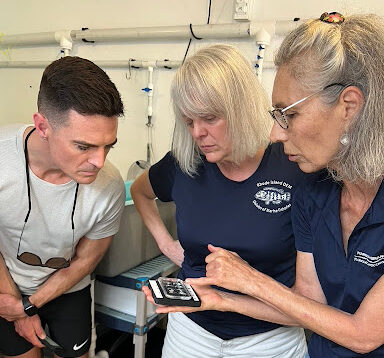
Photo above: Brett and Janet are pictured at the Queen Conch Hatchery in Naguabo, Puerto Rico, during a Marine Fisheries Advisory Committee meeting in 2022. Through an S-K grant, NOAA is supporting the renovation, installation, and operation of the hatchery. Also pictured is Dr. Megan Davis, Principal Investigator for the project.
Resources
Executive Order Expansion
National Seafood Strategy
Nation Standards Guidelines
Equity in U.S. Fisheries
Inflation Reduction Act — Opportunities for NOAA
